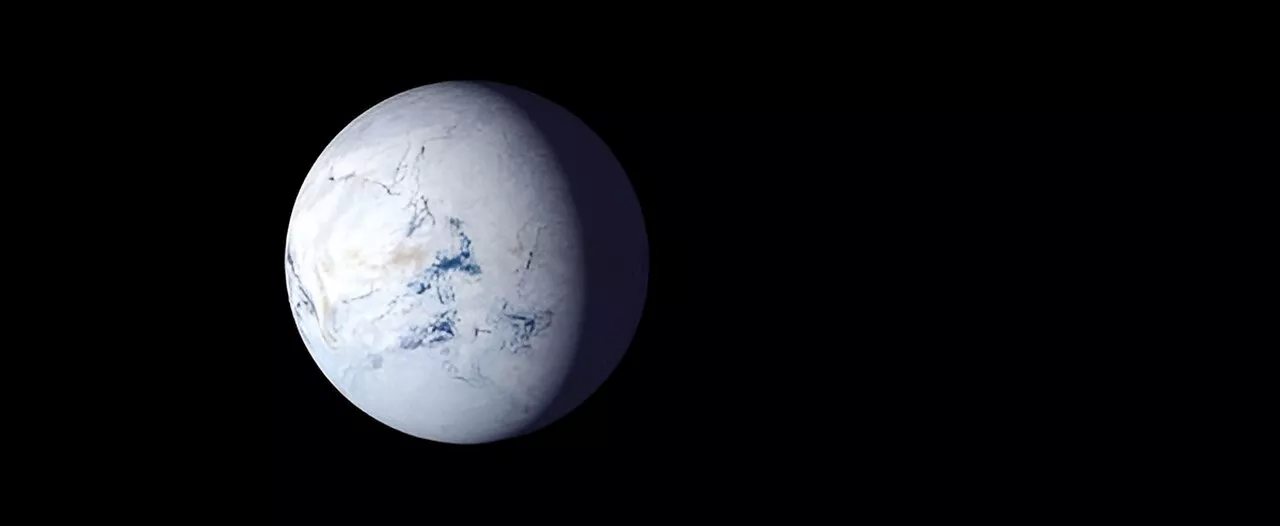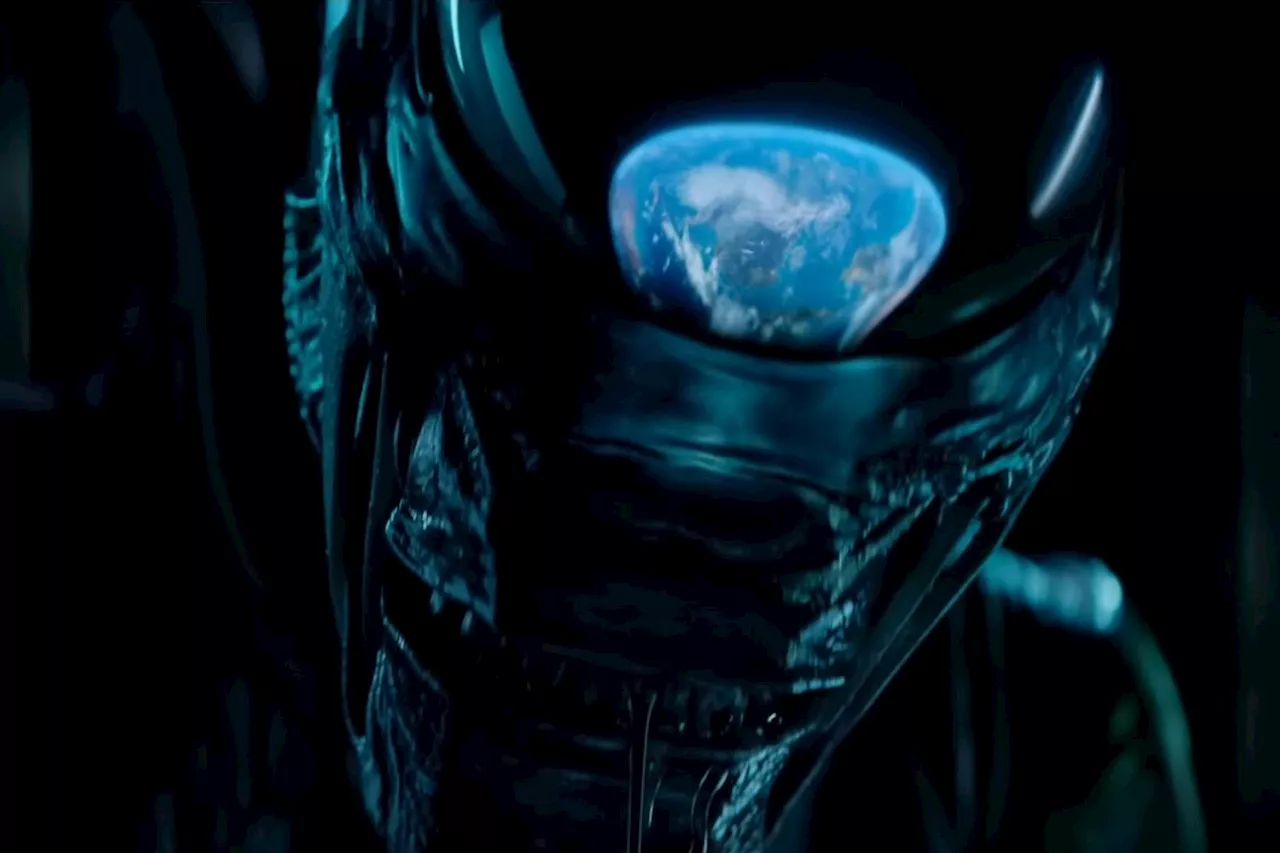The Best in Science News and Amazing Breakthroughs
The hypothetical ring didn't last long, cosmically speaking – just a few tens of millions of years. But that was long enough to have left a lasting impression on Earth's geological record, according to an analysis led by planetary scientist Andy Tomkins of Monash University in Australia.
It's a remarkable piece of detective work, and one that may, with future analysis, help explain other aspects of Earth's history. The clustering of the craters might seem curious, but it gets even weirder. The bombardment only seems to have fallen on 30 percent of the exposed landmass, all within the equatorial region. So while meteorites were far more prevalent than we see today, these specific impacts were restricted to a small section of the globe … almost as if a bunch of rocks fell from a narrow ribbon of rocks that circled Earth's middle.flew into Earth's gravity just right.
This modeling would recreate the break-up of the asteroid, and the formation of the ring from its debris, followed by the evolution of the ring over time. This would reveal the structure and shape that the ring could have been, and whether it could cast a large shadow. This data would then need to be given to climate scientists to see what the effects could be.
United States Latest News, United States Headlines
Similar News:You can also read news stories similar to this one that we have collected from other news sources.
 Uncovering “Snowball Earth”: Hidden Rock Record Unveils Secrets of Earth’s Deep FreezeScience, Space and Technology News 2024
Uncovering “Snowball Earth”: Hidden Rock Record Unveils Secrets of Earth’s Deep FreezeScience, Space and Technology News 2024
Read more »
 Snowball Earth: Researchers discover unique Scottish rocks record when Earth was first encased in iceMore than 700 million years ago, the Earth was plunged into a state that geologists call 'snowball Earth', when our planet was entirely encased in ice. This happened when the polar ice caps expanded so far that they joined up around the equator.
Snowball Earth: Researchers discover unique Scottish rocks record when Earth was first encased in iceMore than 700 million years ago, the Earth was plunged into a state that geologists call 'snowball Earth', when our planet was entirely encased in ice. This happened when the polar ice caps expanded so far that they joined up around the equator.
Read more »
 Alien: Earth‘s First Teaser Sure Does Show an Alien and EarthAlien: Earth is a prequel show set before Ellen Ripley's sci-fi misadventures.
Alien: Earth‘s First Teaser Sure Does Show an Alien and EarthAlien: Earth is a prequel show set before Ellen Ripley's sci-fi misadventures.
Read more »
 A sprinkling of cosmic dust may have helped kick-start life on EarthA chemist turned science writer, Victoria Corless completed her Ph.D. in organic synthesis at the University of Toronto and, ever the cliché, realized lab work was not something she wanted to do for the rest of her days.
A sprinkling of cosmic dust may have helped kick-start life on EarthA chemist turned science writer, Victoria Corless completed her Ph.D. in organic synthesis at the University of Toronto and, ever the cliché, realized lab work was not something she wanted to do for the rest of her days.
Read more »
 Auroras may paint the northern US tonight as Earth reels from 'strong' G3 geomagnetic stormBrandon is the space/physics editor at Live Science. His writing has appeared in The Washington Post, Reader's Digest, CBS.com, the Richard Dawkins Foundation website and other outlets. He holds a bachelor's degree in creative writing from the University of Arizona, with minors in journalism and media arts.
Auroras may paint the northern US tonight as Earth reels from 'strong' G3 geomagnetic stormBrandon is the space/physics editor at Live Science. His writing has appeared in The Washington Post, Reader's Digest, CBS.com, the Richard Dawkins Foundation website and other outlets. He holds a bachelor's degree in creative writing from the University of Arizona, with minors in journalism and media arts.
Read more »
 'Snowball Earth': The Best Evidence Yet May Have Just Been FoundThe Best in Science News and Amazing Breakthroughs
'Snowball Earth': The Best Evidence Yet May Have Just Been FoundThe Best in Science News and Amazing Breakthroughs
Read more »
